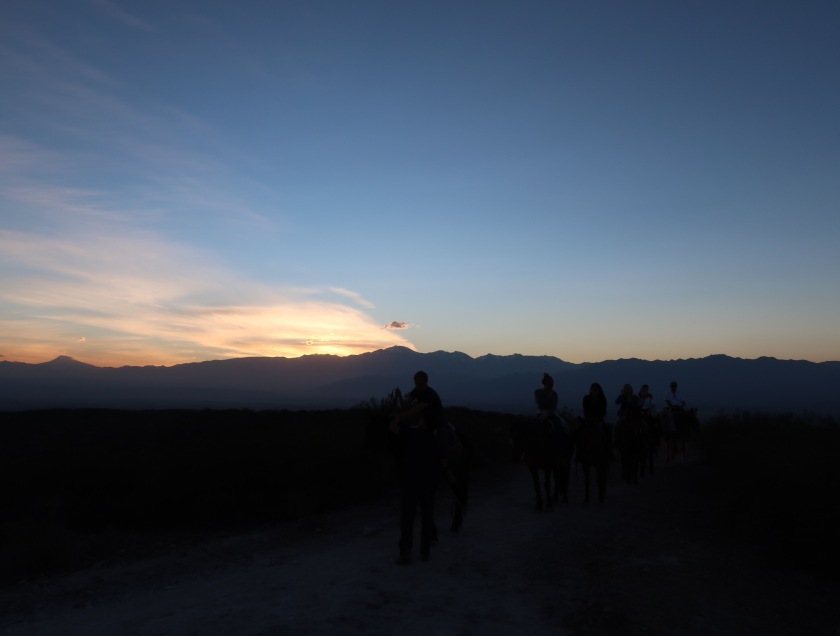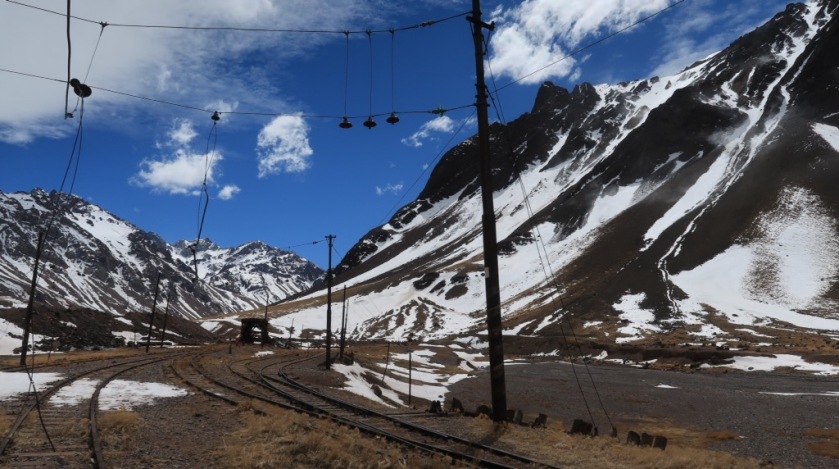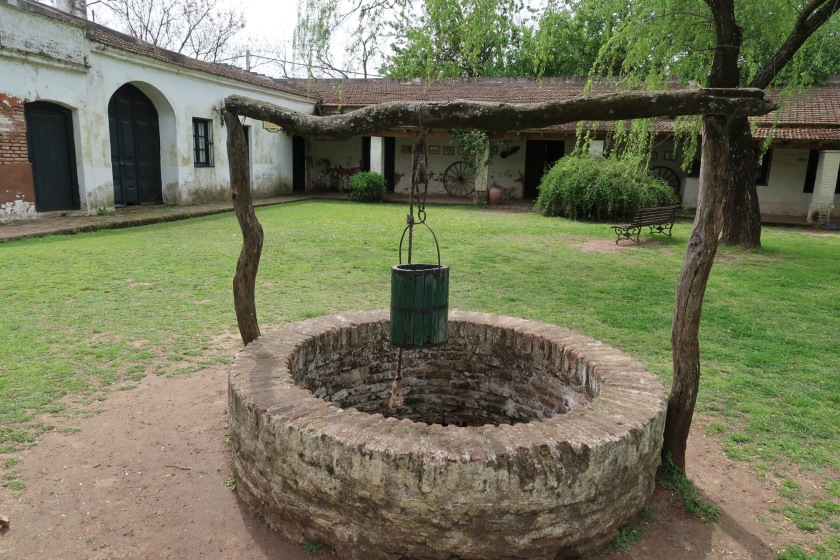Maurizio and I conversed in Spanish for a few minutes before we both realised it wasn’t our native language. He had been in Argentina for a year as part of his Engineering course and was due to return to Italy in a couple of days. He invited use to celebrate with him when we arrived in Córdoba after a flight with the fairly dubious new low cost airline flybondi.
I’m not sure we’d have found this part of town were it not for Maurizio. Nueva Córdoba really comes alive at night with hipster bars flinging open their distressed wood doors to lumberjack-shirted students quaffing craft beers. We left our Italian friend to continue his celebrations so that we could have an earlyish night.
Walk through an open door in downtown Córdoba and, chances are, you’ll find yourself in either a church, cathedral or museum. The cathedral has a stunningly intricate interior, as do most of the churches here. This is an old city – founded over 500 years ago – and history seems to seep through every wall.

Our first overnight bus from Córdoba to Mendoza was an educational experience. We learned that eye masks are important, that you get a large (though not particularly tasty) dinner, that having a bag to raise your feet on the already generous reclining seat will have you almost horizontal. With these learnings it’s just about possible to enjoy a decent nights sleep.
If you don’t look where you’re going in Mendoza then you risk falling into the channels which run down the sides of each street. These channels are part of an ingenious irrigation system which covers the city and beyond. They are fed by one river and sluice gates portion out the water to different areas on an allotted day of the week.
Apart from the irrigation system (and the Diplomatic Hotel- our first taste of South American luxury) there isn’t much of interest in Mendoza. Take bus 15 or 16 out of the city, however, and you’ll find yourself in wine country. Chacras de Coria is a charming village redolent of the pioneering days of years ago and surrounded by vineyards and wineries. Riding a horse into nearby hills as the sun sets over the Andes is a wonderful way to experience this place.

Cycling (bikes hired with the excellently named Baccus Bikes) between wineries along segregated tracks is another great idea, that is until you get to your third glass. Then things get a little wobbly. Still, those effortlessly elegant wineries not only offer tastings of the area’s famous Malbec, but also regionally-produced olive oil and bread, which helps keep you at least a little focused.
Sun-blessed but rain-shunned, those vineyards wouldn’t be here were it not for the nearby mountains shedding their snow every year. We had a good view of them on a horse riding trip into the foothills where we witnessed a magnificent sunset.
Taking a Huantata tour into the high Andes is an unforgettable journey. Foothills become 4,000 metre-high mountains, which become 6,000 metre goliaths. Aconcagua – at 6,960 metres the largest mountain outside of Asia – shoulders above them all.
These aren’t gentle mountains. They stab at the sky with narrow, towering peaks. They’re remote, cold and wind-blasted. A sign of climate change: the glaciers here are in full retreat with a snowless ski resort closed all season and vintners staring with worry at the ever-decreasing water run-off.

Accompanying the road through the mountains is the abandoned Transandine Railway. Inaugurated in 1910, the railway shut in 1984 after years of battling with huge rockfalls. The rails are still mostly visible as are occasional decrepit stations where the steam trains used to refill.
Just short of the border with Chile we arrive at a most desolate place, surrounded by inhospitable mountains and furnished with the rusting sheds, signals and water tanks of the Transandine. It must have been a spectacular journey by train, but, apparently, one which was long, uncomfortable and unreliable.
My description of the Andes so far make them seem to be incredibly bleak, but the glistening snow peeks above hills of vivid red, green and yellow due to the large amounts of iron, copper or sulphur in the rocks. It is, in fact, quite beautiful, so much so that Brad Pitt filmed Seven Years In Tibet here.
An uncomfortable overnight bus journey away, San Antonio de Areco is smack in the middle of gaucho (Argentinian cowboy) country. And boy howdy does it feel like you’ve stepped into a Western. A lot of the buildings in the centre of town were built in the early 20th century and still have their decorative facades. On the edge of town is a small collection of even older whitewashed buildings where relics of gaucho days are preserved.

The gaucho lifestyle still exists today. Horses graze on the vast tracts of grassland and the ubiquitous Argentinian barbecue seems particularly prevalent here. Whilst Areco’s glory days may be behind it (I spied more than a few potential gauchos – tall, silver-haired and moustachioed – working as shopkeepers, butchers, waiters etc.) there are many signs of its well-preserved past.
La Posada do Don Segundo was our excellent B&B here. When we realised that a huge strike had foiled our plans to travel to Buenos Aires, the owner very kindly gave us a 1.5 hour lift. Staying two nights in the lovely Palo Santo hotel, we got to enjoy the vibrant Palermo district. Here you’ll find trendy cafes and eateries with seating on the street, as well as a diverse collection of boutique shops. The street art here is magnificent and the low-traffic vibe very chilled out.

Beyond Palermo the rest of the city is a riotous cacophony, including the large parks just south of the River Plate – not helped by the 12-lane roads which run past. Recoleta, Retiro and Centro are where the true grandeur begins. Buenos Aires is an architecture fan’s nirvana. If you fancy something a little macabre then the famous Recoleta cemetery is the place for you. Dozens of quiet avenues lined by large tombs are filled with a sense of peace, despite the hordes of tourists seeking out Eva Peron’s resting place.
It’s true what they say; Buenos Aires does feel like a European city. But it’s proudly Argentinian and we’ve barely scratched the surface. Tomorrow we go to Uruguay but we’ll return to this city in several days to see what other delights it holds.

Nice articles. Looking forward to more
LikeLike